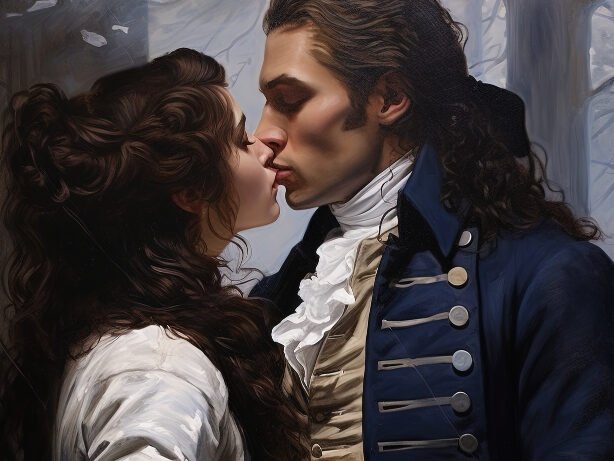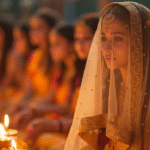Portrayal of Women in Netflix’s Bridgerton
Tanvir Bhamra
July 2024
In recent years, shows with female leads have grown popular, often aiming to showcase strong, powerful women. Essentially attempting to erase any femininity from shows, an example being Fate: The Winx Saga; a teen series adapted from a popular kids animation, Winx Club, which originally depicted strong women who embraced their femininity as guardians of their fairy world, whereas the live-action adaption took a different turn, scrapping most of its femininity and original message. On the other hand, shows like Bridgerton started to show women not only in all shapes and sizes but personalities as well. Whether they were more or less feminine, they still had their own strengths and weaknesses.

With lead women like Daphne Bridgerton and Kate Sharma, it is clearly shown that both women are capable of being robust, while also embracing their femininity. Daphne, with her grace and determination, and Kate, with her boldness and intelligence, both highlight the multifaceted nature of female strength.
This approach contrasts with shows such as Fate: The Winx Saga where the emphasis seems to have shifted from the colorful, vibrant representation of femininity which was found in the original series. “But by rejecting the aesthetic and vibe of its source material entirely for a pale imitation of other YA [Young Adult] properties, “Fate: The Winx Saga” might just end up slipping through the cracks[2].”The live adaptation has been heavily criticized for its opposite representation, as shown by the review provided. It emphasizes a darker, more somber tone, which some argue: strips away what made the original show appealing to children.
However, Bridgerton still highlights the rebellious nature of teens such as Eloise Bridgerton. Eloise, well known for her sharp wit and yearning for independence, challenges the societal expectations of the Regency era and its standards for women. She seeks intellectual fulfillment, often questioning the need for marriage; in her case, Eloise finds safety in her femininity after the fallout with Penelope. In other words, Bridgerton portrays that not all femininity is true to the person.
Although Penelope Featherington is the same age and shares similar ideologies as Eloise, she uses her femininity to embrace her growth as a woman instead of wallowing in her mother’s tastes. Her ability to embrace her femininity on her own terms emphasizes her strength and resilience in the world of Regency London.
Bridgerton contributes to a richer, more inclusive representation of women on screen, encouraging viewers to appreciate the many forms of female strength. This trend applies to shows like The Marvelous Mrs. Maisel, featuring a woman thriving in a male-dominated field while staying true to her identity, and My Lady Jane, featuring strong female characters navigating romance and societal expectations with wit and resilience in a historical fantasy setting. Overall, Bridgerton successfully balances the portrayal of women by acknowledging their vulnerabilities and showcasing their growth and resilience throughout their stories.
References
[1] Burgess, G., & Glynn, M. (Executive Producers). (2024). My Lady Jane [TV series]. Prime Video.
[2] Framke, C. (2021, January 22). Fate: The Winx Saga Review: Netflix’s Winx Club Adaptation Fizzles. Variety. Retrieved July 16, 2024, from https://variety.com/2021/tv/reviews/fate-the-winx-saga-netflix-review-1234889555/
[3] Palladino, D., Sherman-Palladino, A., Lawrence, S. R., Gilbert, D., & Shapiro, M. (Executive Producers). (2017). The Marvelous Mrs. Maisel [TV series]. Prime Video.
[4] Quinn, J. (2021). Bridgerton. Avon Books
[5] Sampson, E. (Executive Producer). (2021). Fate: the Winx saga [TV series]. Netflix.
[6] Rhimes, S., & Dollard, S. (Executive Producers). (2020). Bridgerton [TV series]. Netflix.
[7] Straffi, I. (Executive Producer). (January 28, 2004). Winx Club [TV series]. Rainbow SpA.





